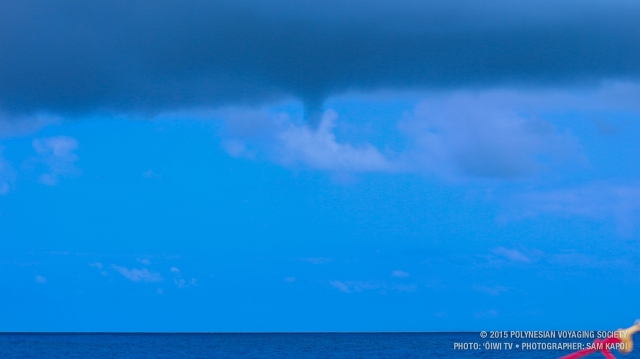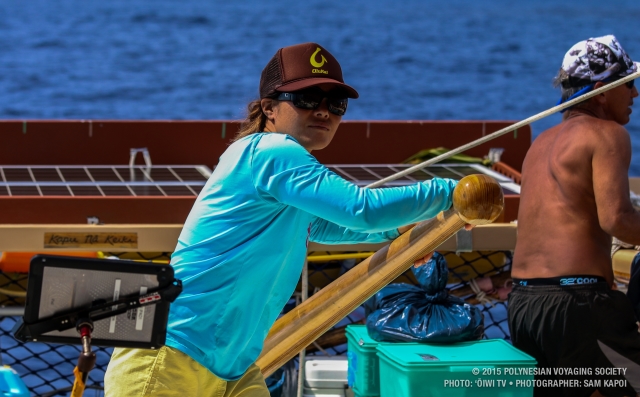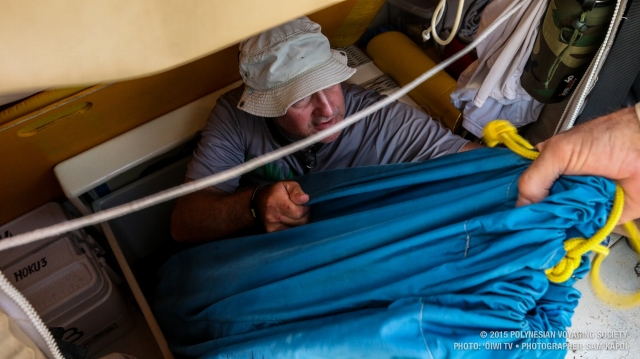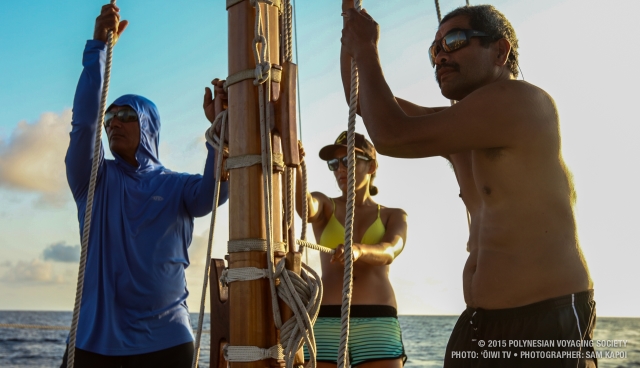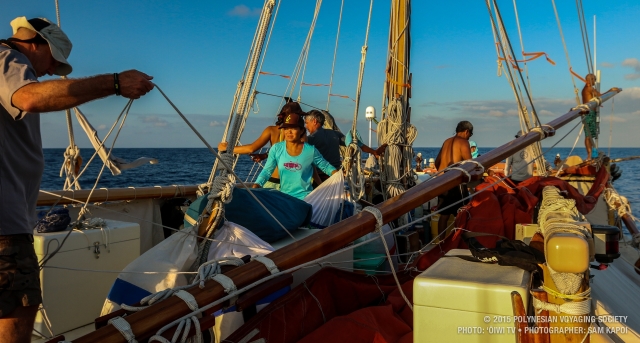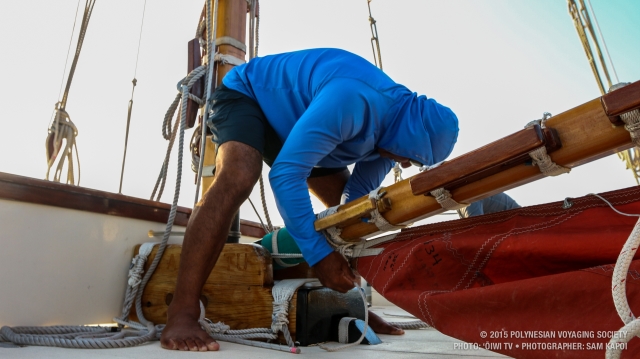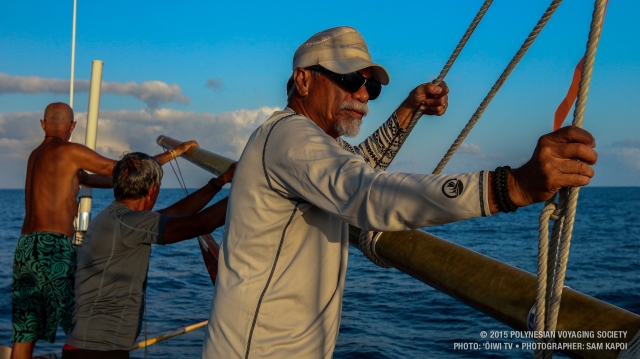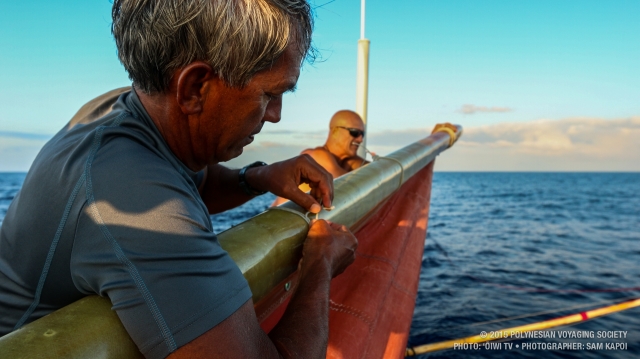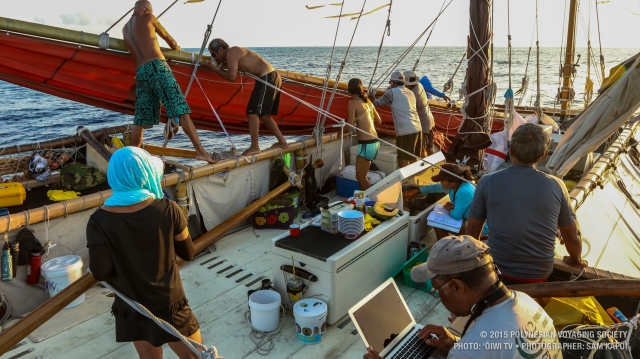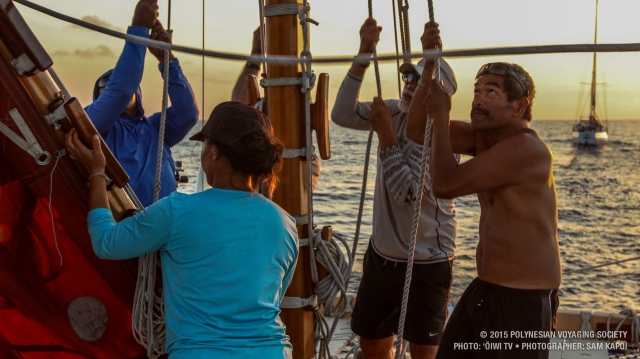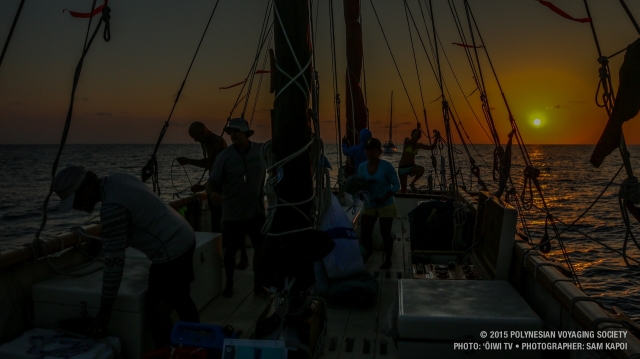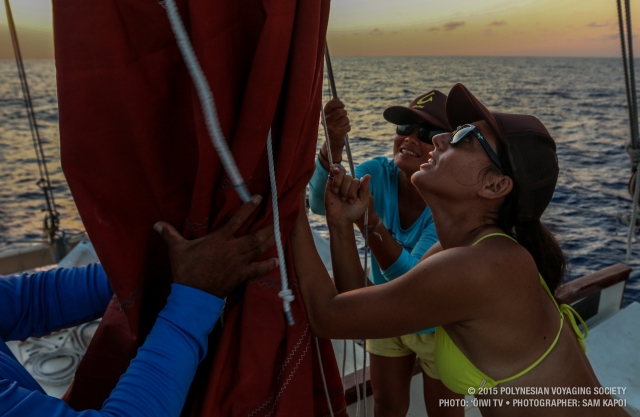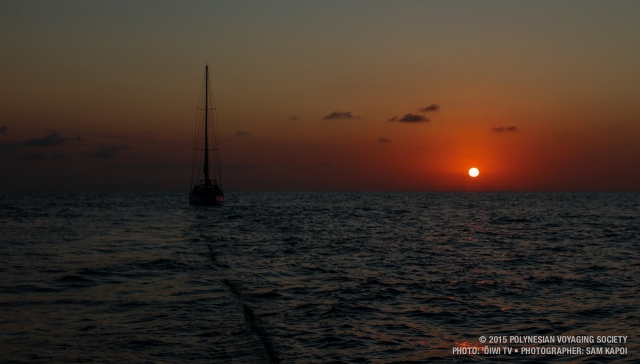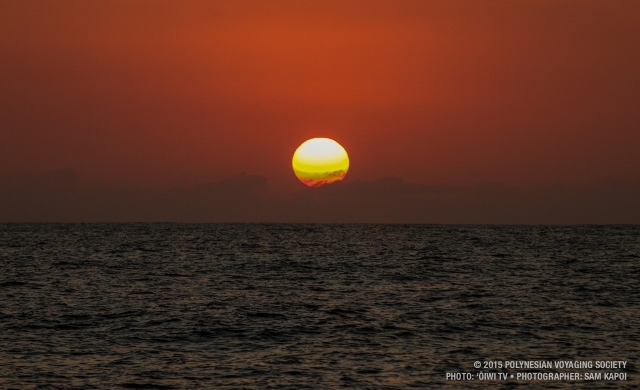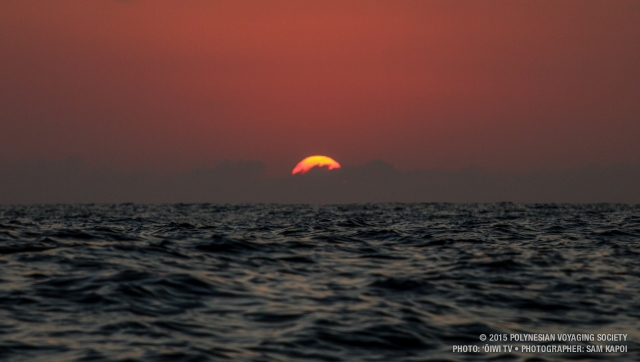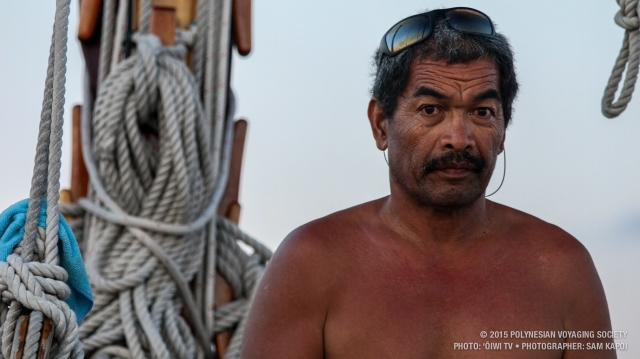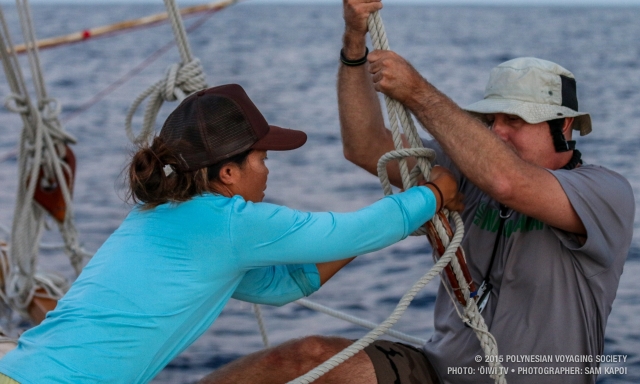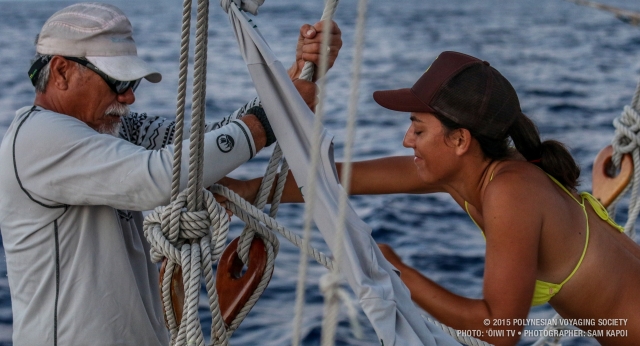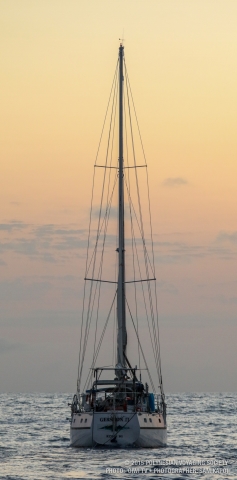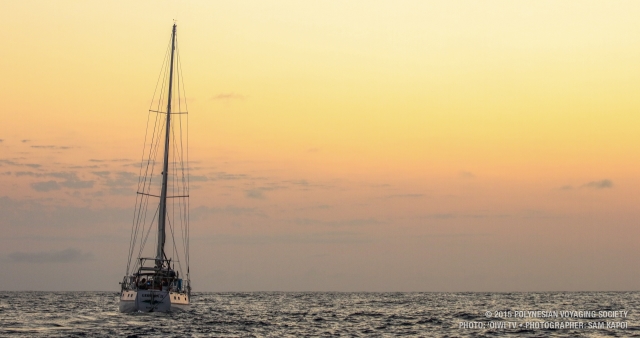
Hōkūleʻa Update | October 7, 2015
In making decisions about Worldwide Voyage ports of call, four serious issues needed to be addressed: 1) access into port, 2) security of port and country, 3) weather for the intended season of entry, and 4) cultural and community connections that can lead to meaningful engagement and dialogue.
Six years ago, we began the planning for this Mālama Honua Worldwide Voyage. In identifying potential ports of call, Madagascar emerged as a key point along Hōkūleʻa’s global route. Madagascar represents the documented western boundary of our ancestral oceanic expansion to explore and settle islands within the Indian and Pacific Oceans. Grounded in the sciences of archeology, linguistics, and DNA research, we know that about 1,000 years ago, ancient seafaring navigators made landfall on this 4th largest island in the world. Madagascar is also recognized as one of a group of like-minded megadiverse countries (LMMC); these countries are considered extremely biodiverse, as they are home to the majority of the Earth’s species (60-80% of the worldʻs biodiversity), and are also rich in traditional knowledge. Features such as these make Madagascar a key Mission Port in the WWV global agenda.

Last evening after careful consideration and review by leadership, Hōkūleʻa officially accepted the gracious invitation made by Madagascar’s Tourism Authority to participate in a Day of the Seafarer event, to share the epic story of mankind’s final migration across the world’s oceans. We are honored to participate in this event, and to invite schools and community to visit Hōkūleʻa’s historic twin-hulled deck. It is an opportunity to celebrate our global family and oceanic traditions that we feel we cannot miss.
As with any consideration that puts us in a time window, our commitment to being in port on October 10th requires careful consideration of sail tactics. We sail by traditional means as much as possible, but as Hōkūleʻa was becalmed in the early afternoon making less than 1 knot of speed towards Madagascar, it was decided collectively that we should pick up tow until the wind returns and we can resume sailing.

Our PVS Staff has worked diligently at opening channels of communication with port and government officials in Madagascar, laying the foundation by which Hōkūle’a can gain safe access to Fort Dauphin, the safest port on the island’s southeast coast. This is what we do for every port – research, research, research, with a focus on safety. The PVS Security Team formed a comprehensive risk assessment to help us in our decision-making, evaluating potential dangers and providing suggested safety protocols. Weather too has always been a concern for this Indian Ocean crossing, as weather systems form quickly; we have able advice from Hans, a retired meteorologist who has long committed to forecasting and updating the canoe along it’s route. Accurate weather forecasting is essential if we are to continue to safely and successfully sail the continuation of this leg, crossing the Mozambique Channel and down along Africa’s southern coast.

With 1/6th of this leg completed, we have another 2,000 nautical miles to Cape Town, and very complex weather and logistical systems to negotiate. A very large team in Hawaiʻi is coordinating a large welcoming ceremony and engagement in Cape Town for mid-November, and the crew of Hōkūleʻa will work hard, as always, to not disappoint our well wishers.
It is with this backdrop of diminishing winds and evolving weather systems, of port deadlines and mission-related stops, and of a small but tireless crew working constantly towards mitigating a set schedule, be it known by all that we will do our best to honor our supporters and serve the proud legacy of exploration that we are descended from.
Kālepa
Please help keep us sailing for future generations. All contributions make a difference for our voyage. Mahalo nui loa!
